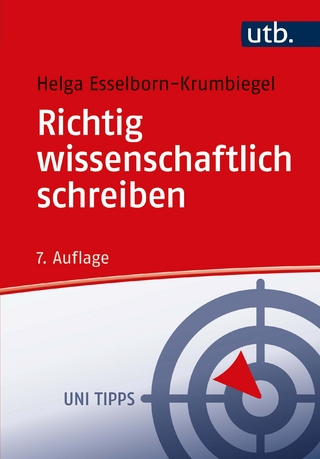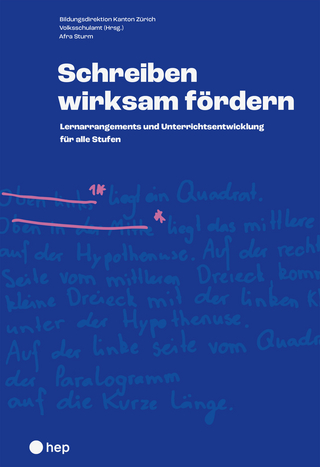
Storytelling in a Culturally Responsive Classroom
Lexington Books (Verlag)
978-1-4985-5598-2 (ISBN)
The authentic, storytelling process gives students the opportunity to include their heritage language and culture into the learning process at school. Often, students separate their heritage language and culture from the school culture. They do this in order to survive the complexity of living in dual worlds or perspectives (Belenky et al., 1986). When teachers integrate the heritage language, such as storytelling, into the authentic literacy processes, students find that their heritage language and culture has value. They discover that their teachers encourage the traditional storytelling of their own heritage stories in the classrooms among their classmates. This brings the dual perspective of living in two distinct worlds together. The culturally responsive teachers help to merge both the home and school culture together through authentic literacy.
This book describes how culturally responsive teachers learn to navigate between the heritage languages of their students and the dominant language of their curriculum and instruction. They know to ask questions such as, “Who are the storytellers in your home and what stories do they tell you?” This form of questioning opens up the thinking process that shows literacy comes in more forms and processes than just a book. As culturally responsive teachers invite different forms of literacy to be shared in the classroom, they bring the authentic lives of storytellers into their classroom. The students can retell the stories that they were told by their storytellers. Through this storytelling process both the culturally responsive teachers and the students informs them about who they are, how they are connect with others, and how they interdependent on others.
Students tell stories that inform them about who they are and how they are connected with others, so they will know that they are human. They can live in a world of possibilities where they are interconnected with literacy and interdependent with each other in order to be human. They are describing what Greene (1995) described as looking into each other’s eyes in order to encourage them to tell their stories about who they are and who they hope to be.
Laura A. Mitchell is associate professor at the University of Houston
Part I: Opening Minds: Global Literacies and Sociocultural Theory
Introduction
Chapter 1: How We Understand Stories through Sociocultural Theory and Critical Literacy
Chapter 2: Identity and ShameLaura Mayo
Chapter 3::Different Ways of Knowing
Part II: Shifting Perspectives: Literacy and Oral Traditions of Storytelling
Chapter 4: The Power of the Storytellers
Chapter 5: Getting to Voice: How Marginalized Groups Find Their Voice through Language Development
Mexican Indigenous Schools: Oaxaca, Mexico
Part III: Transforming Lives: Teaching Process for Writer’s Workshop and Digital Narrative Technology: Power of Telling Stories
Chapter 6: Looking at the development of story in the oral traditions within the framework of Balanced Literacy. Reading and Writing Workshop Approach
Chapter 7: Storytellers Claim their Power and Identity through the Digital Narrative Process
Bibliography
About the Author
| Erscheinungsdatum | 10.05.2021 |
|---|---|
| Verlagsort | Lanham, MD |
| Sprache | englisch |
| Maße | 153 x 222 mm |
| Gewicht | 168 g |
| Themenwelt | Schulbuch / Wörterbuch |
| Sozialwissenschaften ► Pädagogik | |
| ISBN-10 | 1-4985-5598-5 / 1498555985 |
| ISBN-13 | 978-1-4985-5598-2 / 9781498555982 |
| Zustand | Neuware |
| Haben Sie eine Frage zum Produkt? |
aus dem Bereich


